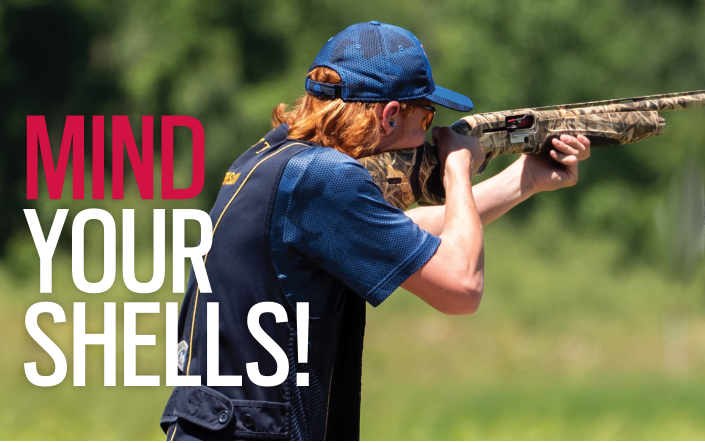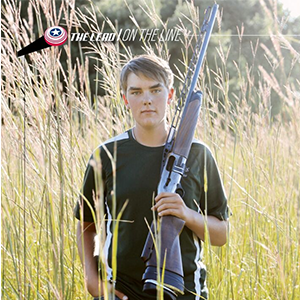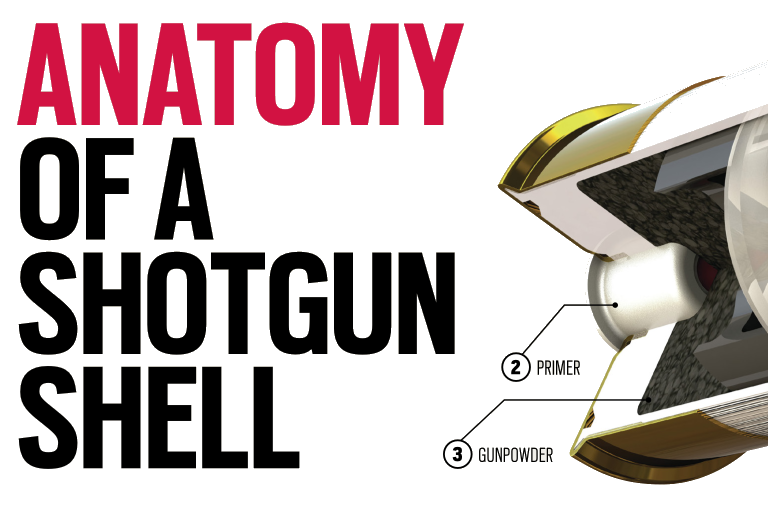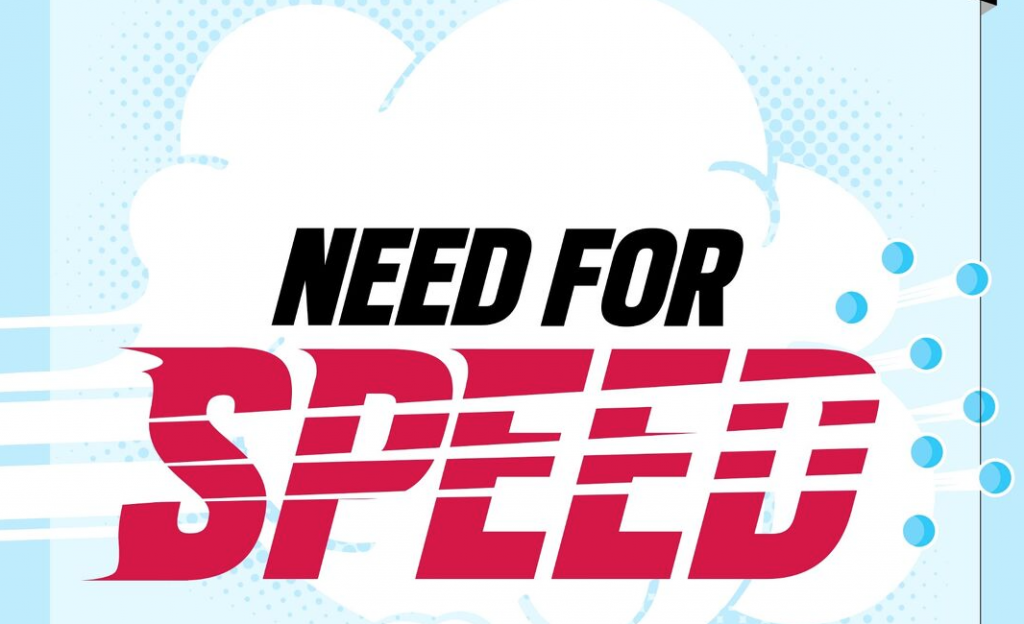
Considerations for choosing the right ammunition velocity
Shopping for shotgun ammunition can be confusing. When looking at a box of shotgun shells, you’ll see a variety of numbers and terminology that might not make sense to the average shooter. One of the numbers you’ll likely recognize is ‘velocity’—that’s how fast the shot is going when it exits the muzzle of your shotgun. This number can vary quite a bit depending on which ammunition you’re looking at, with some loads going a ‘slow’ 1100fps (feet per second), while other loads (often termed ‘heavy’ or ‘handicap’) are zipping along at 1300 fps or higher.
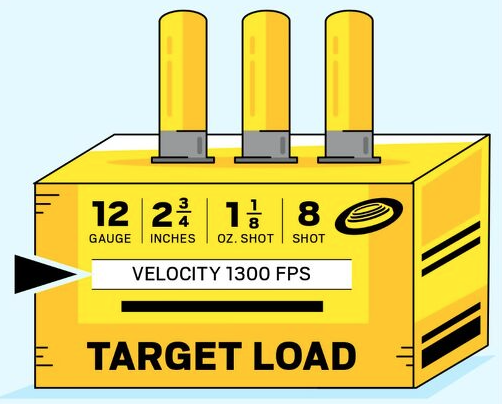
While some may think that faster is always better, it’s not that simple. There are also other considerations to take into account when choosing between light ‘slow’ ammunition and lightning-fast ‘heavy’ loads, because there can be some down sides as well.
FAST ISN’T THAT FAST
At first glance, ammunition that goes 1300 fps might seem significantly faster than ammunition that goes 1100 fps. It’s easy to assume that the extra 200 feet every second means that your shot could reach and hit the target much earlier than if you were using the slower ammunition.
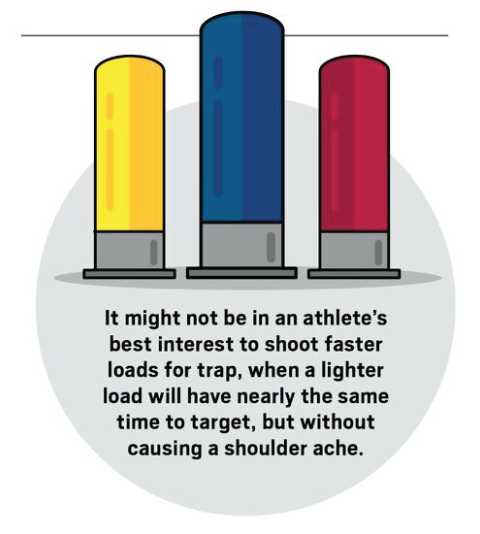
As they say, not so fast…
The velocity measurements are taken right as the ammunition exits the barrel. But once a shot has been taken, gravity and wind resistance cause the shot to slow down quickly. By the time your shot hits the target—at about 30 yards out (90 feet) for trap shooters—the shot has already lost about 40—45% of its initial speed. Because of physics, the difference in speed when the shot hits the target is reduced by quite a bit. See the chart below.
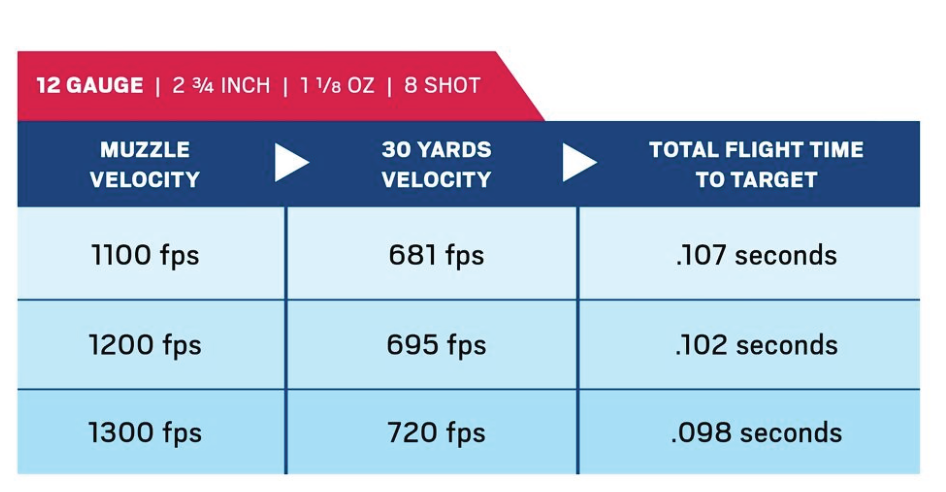
As you can see, at 30 yards, the difference in shot velocities has been reduced from 200 fps down to less than 40 fps. More importantly, the difference in the total flight time from the barrel to the target is less than 1/100th of a second, or less than the time it takes a hummingbird to flap its wings once.
GOING THE DISTANCE
Because heavier-loaded ammunition starts out faster and maintains a higher velocity over time, sporting clays and other disciplines that shoot at targets a longer distance away may see a bit more of an advantage. While the difference between 1100 fps and 1300 fps ammunition is just .009 seconds at 30 yards, at 50 yards the difference in flight time is now .018 seconds.
OTHER FPS CONSIDERATIONS
Something athletes should consider when choosing shotgun ammunition is recoil. Heavier loads have more gunpowder, which means the shooter will feel more recoil with each shot. It might not be in an athlete’s best interests to shoot faster loads for trap, when a lighter load will have nearly the same time to target, but without causing a shoulder ache after the round.
Another consideration is the rules at your local shooting range. Because heavier loads travel farther, many ranges have ammunition restrictions to ensure that shot pellets don’t pose a safety hazard to those outside the range. Make sure to ask your shooting range what their fps requirements are.

